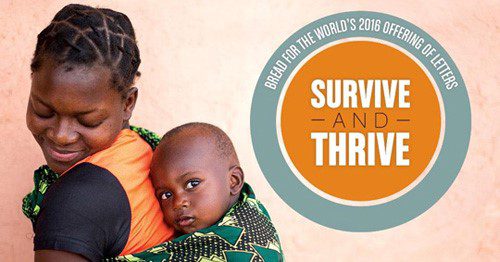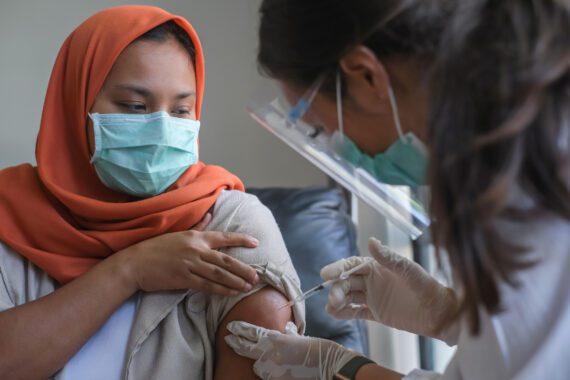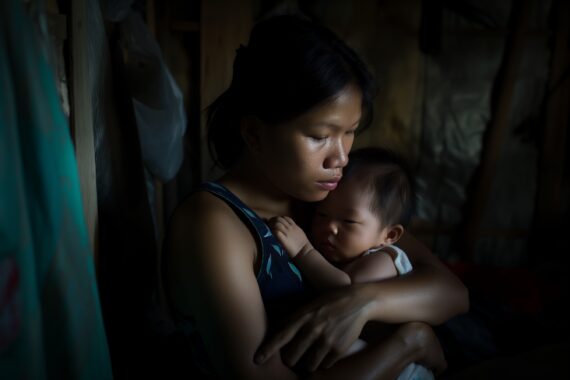If you want to tackle hunger and poverty in Zambia, you also have to deal with HIV and AIDS. The country was one of the ground zeros for the disease in the 1980s and 90s, when it killed millions of parents and left children orphaned.
Since then, the Zambian and U.S. governments, health institutions, and other organizations have worked together to gain some control over the disease.
However, HIV cases are still high in Zambia — 12.4 percent of adults (over age 15) were HIV-positive in 2014, according to the United Nations AIDS program. And in November 2015, UNICEF reported that AIDS is now the leading cause of death for African teenagers, which means that many teens dying of AIDS were most likely HIV positive as younger children. Zambia has its share.
Making progress on malnutrition and health is key to ending hunger.

Connecting Nutrition and Health
The connections between nutrition and health are becoming more understood in both developed countries like the U.S. and developing nations like Zambia. At St. Francis, a church-supported mission hospital in eastern Zambia, nutrition and treatment for HIV already go hand-in-hand.
By 7:30 every morning, one wing of the hospital is full of adults and children. They sit on ledges in the outdoor corridors, which serve as waiting areas for patients. A hospital staff person leads an informal workshop on eating well at home for the group that arrives first in the morning. In this way, the hospital provides extra nutrition education to patients with HIV and their caregivers while they are waiting to be seen by the staff.
Among those lined up one morning are Colins Mwale, a 6-year-old boy, and his mother, Felistas Miti Mwale. Colins is HIV-positive and has come to St. Francis’ out-patient clinic for a regular check-up and monthly supply of antiretroviral drugs.
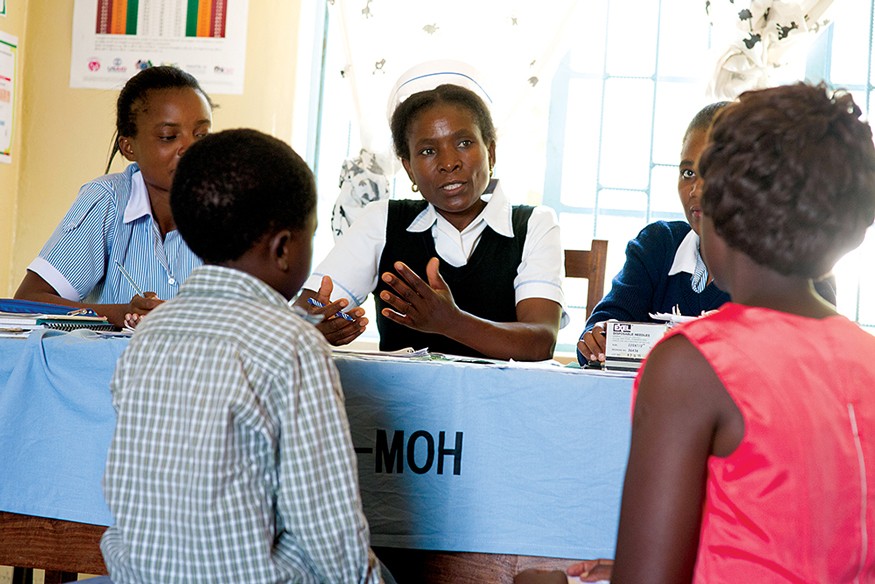
Mothers and Children Surviving and Thriving
Colins and the other patients — the hospital sees as many as 150 daily — will have a series of visits to offices along the corridor where their medical history and current health status will be checked. Staff also speak to patients — Colins’ mother in this case — about what they eat at home during these check-ups.
In one office, after asking about Colins’ diet, the nurse asks his mother what time he takes his medication every day. The nurse checks Colins’ height and weight and then asks Felistas about Colins’ mental development. “How is his speech? Does he play with his friends?” The nurse notes that Colins is underweight for his height. She advises his mother to give him foods high in protein, like peanuts, which are readily available to many rural Zambians, as a snack.
For HIV-positive patients like Colins, the hospital is receiving assistance from the Thrive program of PATH, a U.S.-based nonprofit that specializes in health in developing countries. Thrive is funded by the U.S. Agency for International Development (USAID), a major way our federal government carries out its response to hunger and poverty overseas.
The last stop for Colins and his mother on their visit is the pharmacy at the end of the corridor. The HIV drugs are supplied by the U.S. President’s Emergency Plan for AIDS Relief, started in 2008, and another way the U.S. government provides assistance overseas. Some patients also receive high-protein dietary supplements, supplied by USAID, if they are determined to be malnourished during their visits.
With the medicine and food Colins and his mother receive, the nurse believes he can have a good quality of life and live to be 45 or 50 years old. While no one can see that far into the future, he is being given a chance at surviving and thriving today.
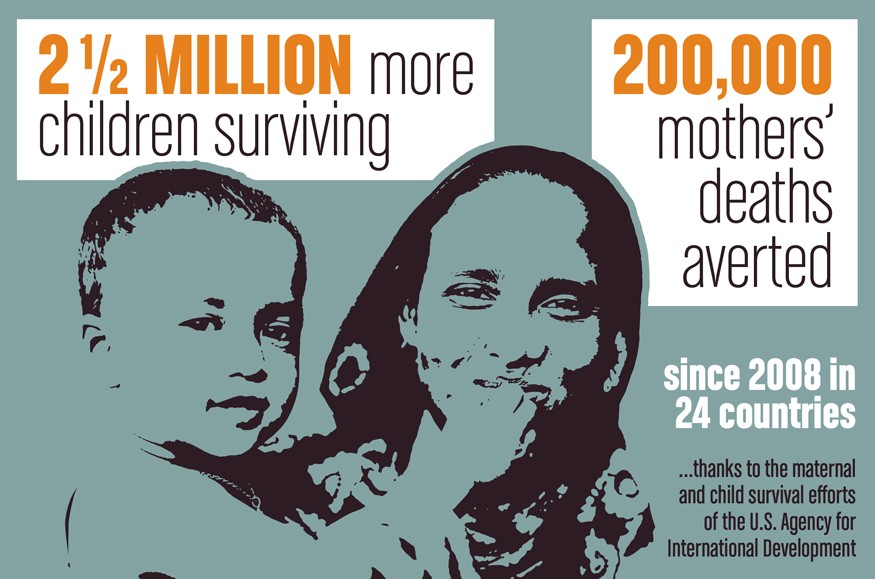
831,500 HIV-positive pregnant women received antiretroviral medications in 2015, resulting in 267,000 babies born HIV-free. Source: PEPFAR World Aids Day update
